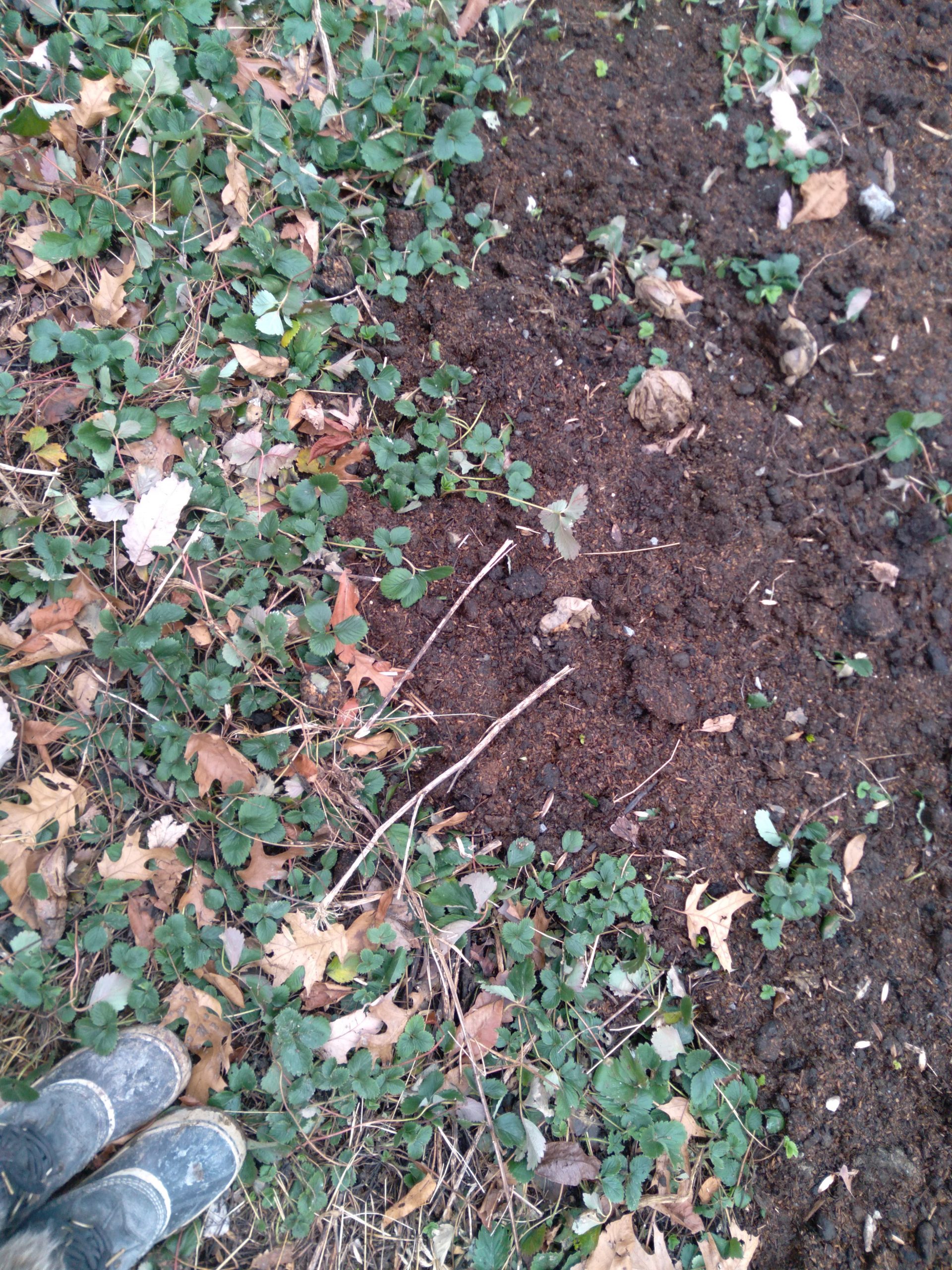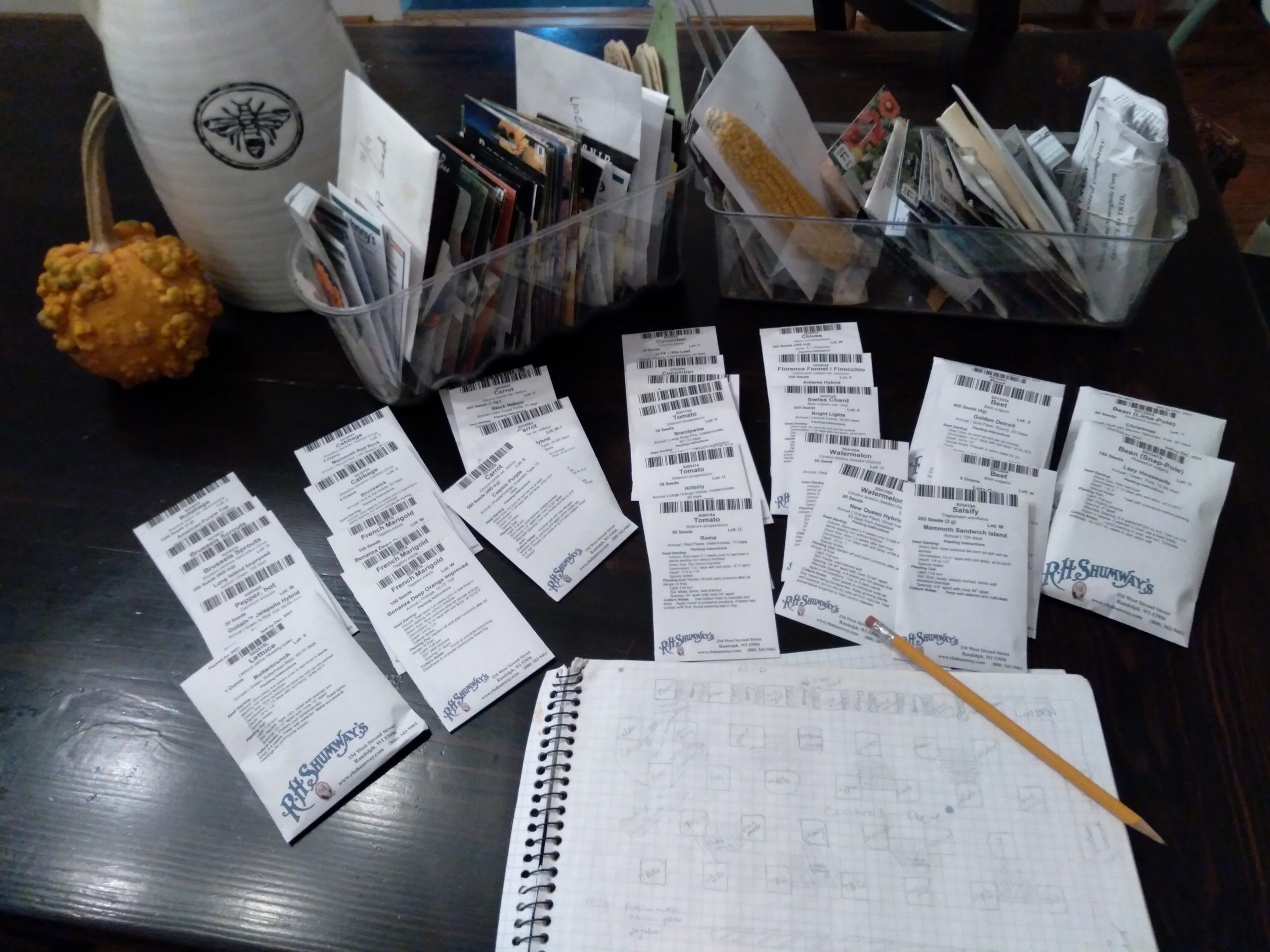I am putting our garden to bed for the winter. Clearing out the last of the squash vines and digging out the last of the sweet potatoes. I spread rabbit manure over the soil and then add a layer of wood chips. Clean. Fed. Blanketed.
Pssst. Are you planning your 2023 garden? Check out my 2023 Homestead Garden Journal and Planner!

As I work, my mind reviews the past year’s successes and failures — mentally making notes to take the sweet potatoes out sooner and not plant ANY brassicas in this part of the garden for at least a year, the bugs were so bad.

And then my thoughts are charging forward toward one of my favorite rituals. I take over the dining room table and spread out my seed catalogs, my garden plans from previous years, charts from my local extension agency, and some blank graph paper. And begin.

Step 1: Read my 3 favorite catalogs or let’s be honest, look at all the beautiful photographs of plants. Baker Creek Seeds. Johnnys Seeds. And RH Shumway. Make a list of everything I would like to grow in 2021.

Step 2: Look at my seed collection and cross off all the things on my list that I forgot I already have seeds for.

Step 3: Graph paper notebook at the ready. (Love this one – it has a pocket folder) Make note of where I intend to plant all the things in my garden. Cross off things that I cannot find a place for — bye broad beans, maybe next year. Check all my plans with my companion planting bible, Carrots Love Tomatoes. Rearrange accordingly and make note of things I forgot — like horseradish to protect my potato patch from those nasty beetles.
Step 4: Order the seeds. And plants, or put an alarm on my phone to remind me to order them in January. The best varieties sell out so quickly!
Step 5: Create a planting schedule and organize seeds accordingly. UMD has some beautiful charts here, and another chart, to help in creating this plan.
Step 6: Wait impatiently for the first indoor seed starting dates. Onions! February 1st.
Soon it will look like this again:





Leave a Reply